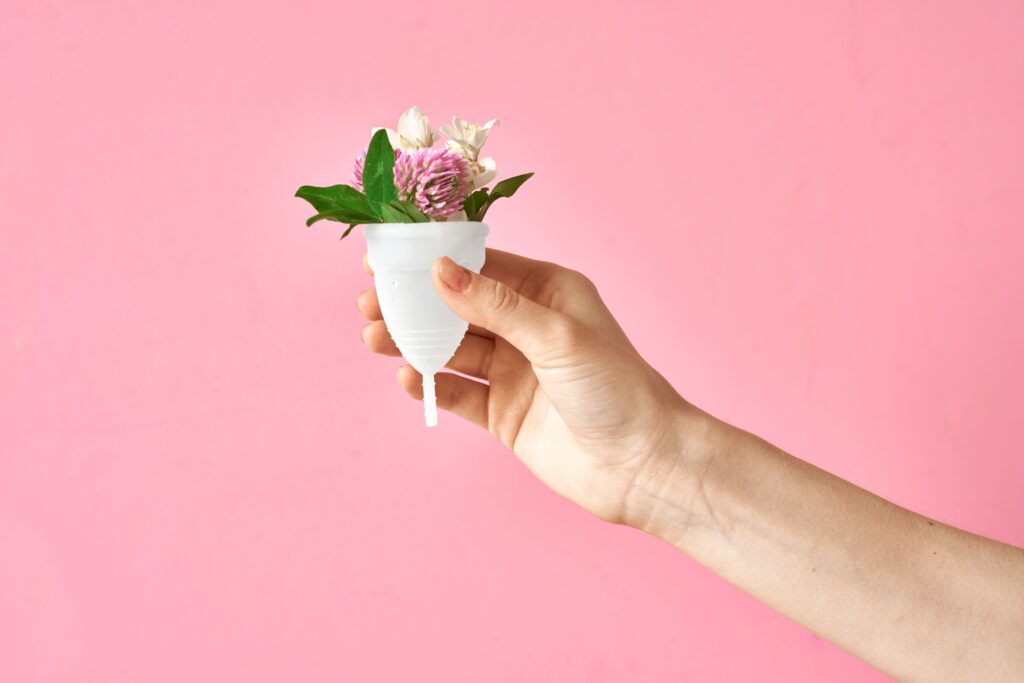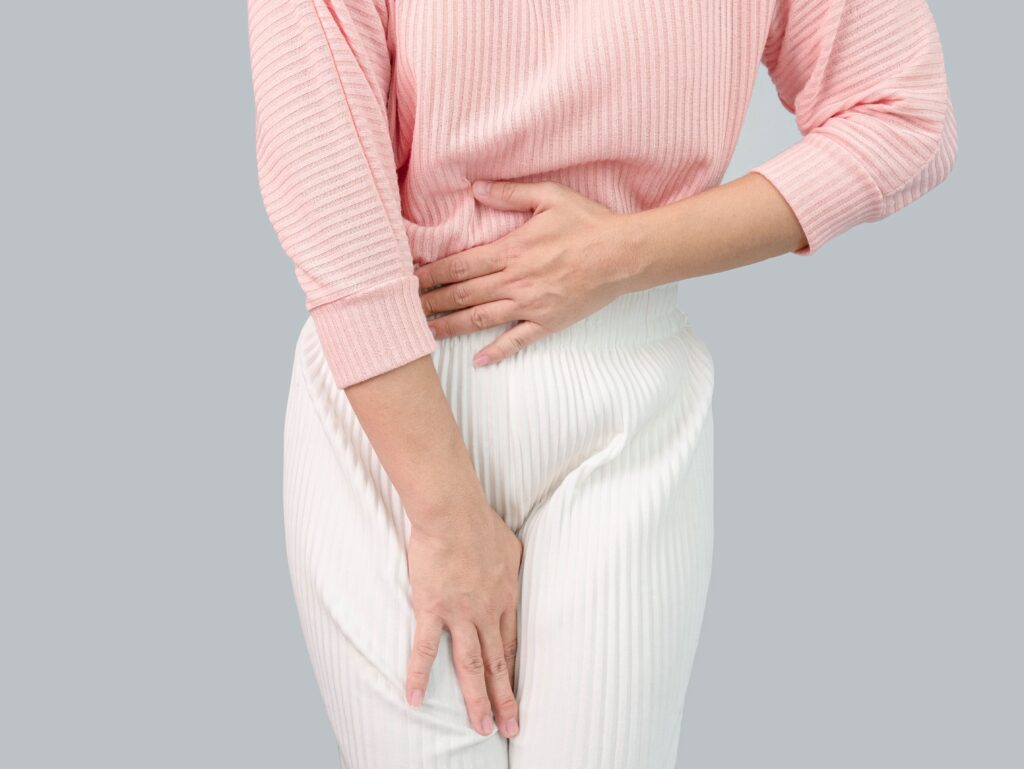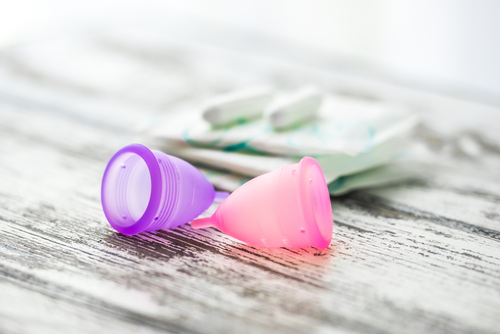If you’ve been hearing from more and more people about switching to menstrual cups in the past few years, you might be wondering if it’s just the latest trend. Until recently, many people had never heard of menstrual cups. If they had, they immediately had worries about this ‘new’ idea of ditching pads and tampons. The history of the menstrual cup and its evolution over the years will likely surprise you.
Menstrual cups are more than 80 years old

Some benefits of a menstrual cup like CapdCup, such as being environmentally friendly or avoiding chemicals are more modern concerns. Problems like cost, sanitation, and facilities have always existed. Periods have always been difficult, shame-inducing, and expensive. Over time, people tried to revolutionize the experience for the better. But a much bigger number did their best not to talk about it. The vision for the menstrual cup developed way before people were ready for it.
Some patents were filed as early as 1867 for medical devices that could collect vaginal blood. The first one for a commercially viable menstrual cup was filed in 1937, by Leona Chalmers. Leona was an American singer, dancer, and author who designed a rubber latex cup. The design was not unlike ones that are still in use today. She brought her cups to market, but a rubber shortage caused by World War II halted production early on.
Why didn’t people buy the first menstrual cups?
After first attempting to bring the menstrual cup to the masses, Leona tried again in the next couple of decades. This time with no sourcing issues, she ran into another major issue. People were just too closed-minded about the idea of placing something inside their vaginas and being in contact with their own blood.
Menstrual cups didn’t stop there

Since that initial attempt to change periods, most of the following decades saw new versions of a similar cup. Some companies still believed in the vision. Attitudes towards periods, especially around insertable products, were shifting for the better. Some people bought cups during those years, but they still showed no signs of taking off. Despite repeated attempts to make the menstrual cup more mainstream, issues with uncomfortable rubber, difficult insertion, and sizing stopped many people from making the switch.
The silicone revolution that changed the menstrual cup game
Like so many modern products, it wasn’t until technology improved to match the vision that menstrual cups became the life-changing product they are today. The use of silicone materials, like the medical-grade hypoallergenic silicone used in CapdCup, meant that menstrual cups were now flexible, easy to insert, and comfortable to wear all day long.
As the technology improved over time, Capd Period took the menstrual cup to the next level. The first cup that you can empty without removal, provides the cleanest, most convenient period experience for people who have a vision of freedom. With advances like these and the millions of people who have made the switch, menstrual cups are not just here to stay, but are the future.




